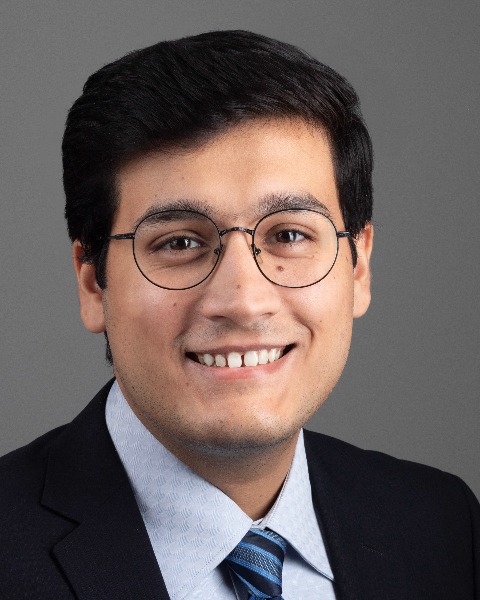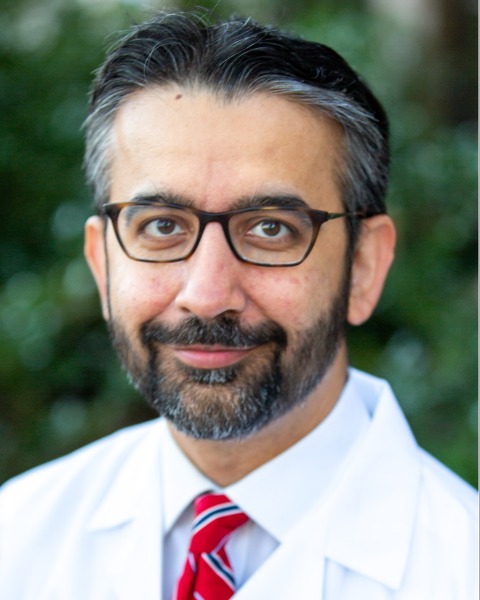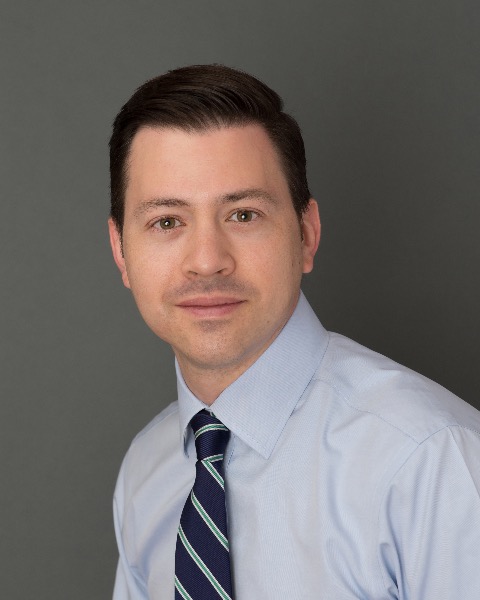Venous Interventions
Hand Motion Analysis of Different Segments of a Procedure: Is One Segment Enough?

Hamza Ali, MD (he/him/his)
Postdoctoral Research Fellow
Beth Israel Deaconess Medical CenterDisclosure(s): No financial relationships to disclose
- MA
Muneeb Ahmed, MD, FSIR
Professor of Radiology
Beth Israel Deaconess Medical Center/Harvard 
Ammar Sarwar, MD FSIR (he/him/his)
Associate Professor of Radiology
Beth Israel Deaconess Medical Center- JM
John D. Mitchell, MD
Vice Chair of Education, Department of Anesthesiology
Henry Ford Health - RM
Robina Matyal, MD
Associate Professor, Anesthesiology
Beth Israel Deaconess Medical Center - VB
Vincent Baribeau, BS
Clinical Research Assistant
Beth Israel Deaconess Medical Center - VW
Vanessa T. Wong, BS
Project Manager CERTAIN
Beth Israel Deaconess Medical Center - MP
Matthew R. Palmer, PhD
Physicist
Beth Israel Deaconess Medical Center - CM
Christopher MacLellan, PhD
Physicist
Beth Israel Deaconess Medical Center 
Jeffrey Weinstein, MD, FSIR
Assistant Professor of Radiology
Beth Israel Deaconess Medical Center
Poster Presenter(s)
Author/Co-author(s)
While hand motion analysis can be used to distinguish between experts and novices performing central venous access, it is unknown whether certain portions of a procedure are more critical than others for distinguishing between operators of differing proficiency levels not.
Materials and Methods:
Trainees (n = 30) and attendings (experts; n = 10) performed ultrasound-guided central venous access on a manikin as their motion was tracked. The setup and steps were standardized across all trials. Metrics including path length, rotational sum, translational movements, rotational movements, and time were calculated for each trial. Path length-time graphs from each trial were used to divide the procedure into three discrete segments{1}. The first segment (access segment) involved visualizing the jugular vein on ultrasound and needle placement; the second segment (wire segment) involved passing a wire through the needle; the third segment (dilation segment) consisted of confirming the intravascular wire position in transverse and longitudinal planes and threading a dilator on the wire. The transition points were selected based on their reliability and correlation with the video. Comparisons between trainees (115 trials) and experts (41 trials) were made for the full trial and each segment using Mann-Whitney U tests and corrected with the Benjamini-Hochberg method. Logistic regression and ROC analysis were performed to compare the performance of each model in differentiating between experts and trainees.
Results:
Trainees and experts differed significantly for all 5 metrics for the full trial and wire segment (p < 0.001). The access and dilation segments were significantly different for all metrics except path length. Regression models showed the best fit model to be using the access segment (R2 = 0.66, AUC = 0.97, p < 0.001), followed by full trial (McFadden R2 = 0.54, AUC = 0.95, p < 0.001), wire segment (McFadden R2 = 0.30, AUC = 0.88, p < 0.001) and finally dilation segment (McFadden R2 = 0.18, AUC = 0.80, p < 0.001).
Conclusion:
The access segment of simulated central venous access can differentiate between experts and trainees with great accuracy. This segment should be an area of focus when evaluating technical proficiency.

.png)
.png)
.png)
.png)
.png)
.jpg)
.jpg)
.png)
.jpg)